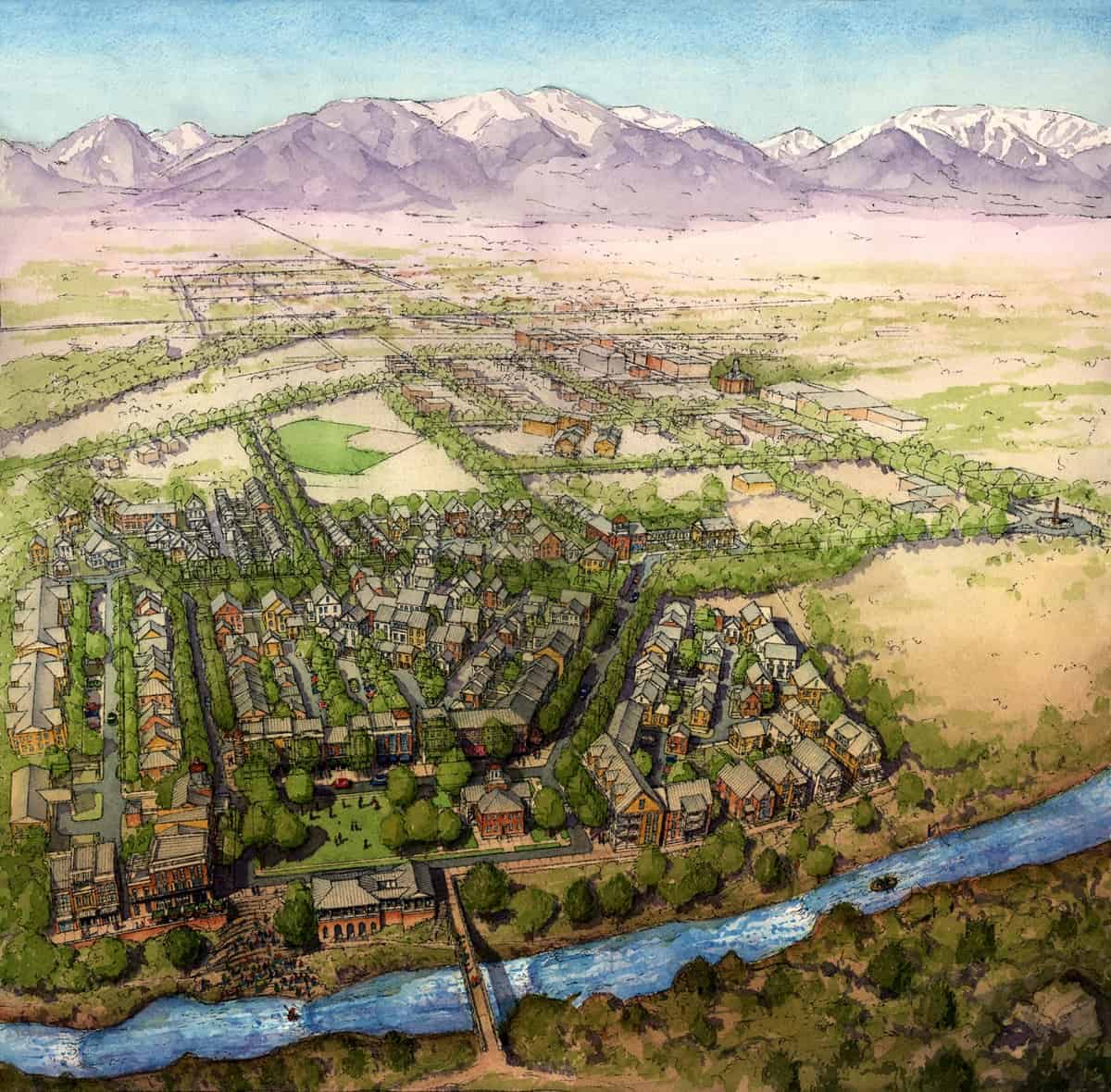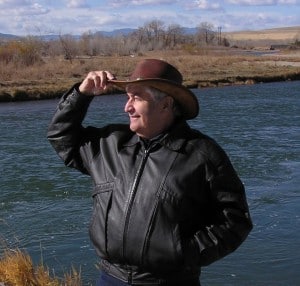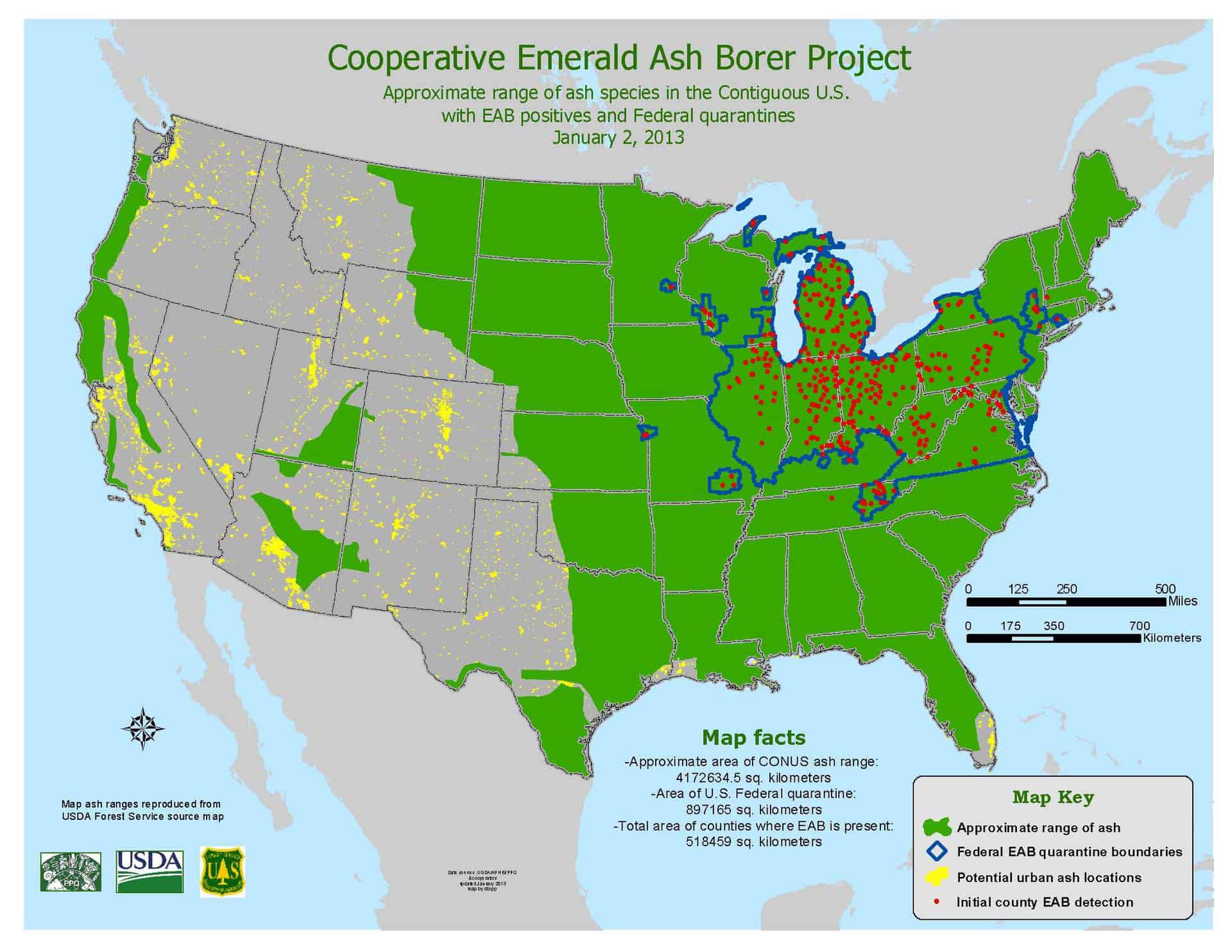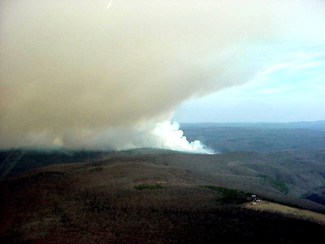 We have posted other work by Bob Lackey here before (you can search in the box to the right).
We have posted other work by Bob Lackey here before (you can search in the box to the right).
Scientific Assertions and Ecological Policy – Keynote – Lackey is a keynote address presented at the 58th Annual Meeting of the Great Lakes Fishery Commission, Montreal, Canada, May 29, 2013.
It’s all worth reading, as Bob’s work usually is. Still, I felt the need to extract something to pique your interest, and given the planning directives and rule discussion about plans needing to promote “ecosystem integrity”, I thought that this second assertion is relevant. Here’s one of a series of posts on the concept of “ecosystem integrity” and how it is used in the new planning rule and directives. (Recursive question: if you don’t use the “best science” in developing a rule about how to develop plans, then can you require it in the plans themselves? How can you do the “best science” based on a “not best science” concept? Perhaps a judge will illuminate this apparent contradiction when the time comes…
What happens is that if you think that this is a fact (“natural” is best), then you just need scientists to tell you how not to change them from what they used to be. You also need armies of scientists to study exactly how things “used to be” because even though the climate was different then, and Native Americans were impacting the landscape, somehow that will tell us .. something.. about what we “should” (normative) do in the future.
If it’s simply a values choice, then scientists can be helpful about figuring out how to get there, or reducing negative impacts, but they are not in the driver’s seat. Since I was trained by the “helpful to society” school of science and not the “we know more than the rest of people, so we should tell them what to do” school of science (this came later), it’s not a big loss to me. Because people might even listen to scientists more if they trusted us not to be following their own agendas. IMHO.
Second Scientific Assertion
Now let’s move to a second scientific assertion that needs to be hauled to the nearest landfill, and the sooner, the better:
“Natural ecosystems are superior to human altered ones.”Who says that natural ecosystems are superior to human altered ones?
This assumption is so pervasive, so commonplace, that some scientists just take it as a self-evident fact.
Perhaps even some in this room.
Let me illustrate how this assertion actually plays out in the scientific enterprise.
From the perspective of a scientist, think about the question of whether or not to dam a river to produce electricity. There is absolutely nothing in science that implies that an undammed river is more, or less, valuable than that same river dammed to generate electricity.
Free flowing rivers, and dammed rivers, are different ecologically, most definitely different, but neither is better or worse until a policy preference is endorsed, until a value judgment is applied.
Applying value judgments, choosing between competing policy preferences, is beyond the scope of science.
But is it common for science to be biased toward the unaltered state of ecosystems, toward natural? Most scientists will answer unflinchingly “no way” — or perhaps “well, at least not my science.”
Let me counter with some data.
For many years, I have surveyed students who take my graduate level policy class. They complete a survey on the first day of the term, a survey to determine inherent policy bias. The result?There is absolutely no question that, among these students at least, all with bachelor’s degrees and many with master’s degrees in some field of science, there is a strong feeling that natural ecosystems are inherently superior, just somehow better than human altered ones.
Further, most of these students describe unaltered ecosystems as “healthy” and highly altered ecosystems as “degraded.” The implied conclusion: a “healthy” ecosystem is clearly in better shape than a “degraded” one. And further, human alteration is a bad thing, perhaps necessary for providing food or shelter, but still not really a good thing.
Therefore, my conclusion, the term ecosystem “health” presupposes that natural is preferred to human altered. But, and we scientists need to remember this, whether society wants a fish community dominated by Chinook salmon and alewives, or one dominated by lake trout and ciscoes is a policy choice, informed by science, yes, but a policy choice nevertheless.”






